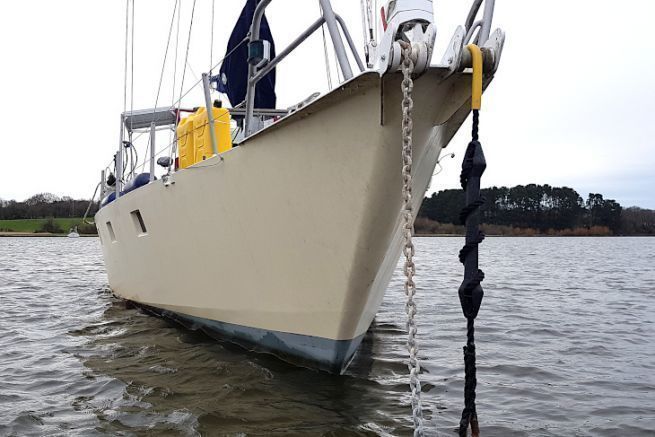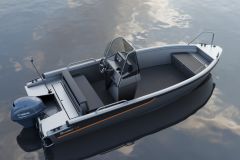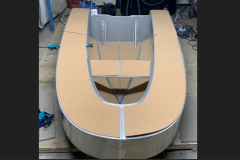Aluminum is a robust material, but it deserves the attention of the sailor who wants to sail far. Beyond the classic anodes, here are a few tips to take care of your boat and guarantee it many more miles.
Filtering chlorine and protecting water tanks
In an aging sailboat, the bottoms near water sources, as well as low spots and tanks that contain stagnant water, suffer the effects of crevice corrosion. The main cause of this degradation is the chlorine contained in the tap water used when refueling at the pontoon.
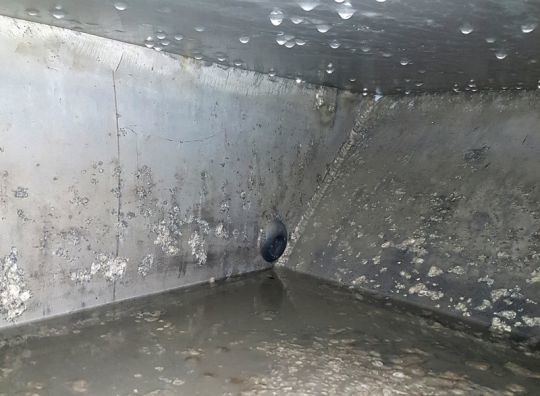
To solve this problem, it is important to filter the incoming water with GAC and CTO filters. In structural water tanks, it is also imperative to install magnesium anodes, which should be monitored regularly. Finally, it should be noted that crevice corrosion does not only affect aluminum, but also steel and stainless steel.
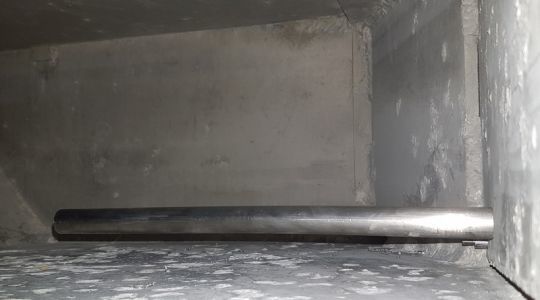
Make funds accessible, ventilate them and beware of paint
Aluminum degrades over time when exposed to runoff and moist air. It is not good practice to partially close off the bottoms for convenience or for insulation purposes. It is not necessary to insulate the bottoms directly, but the floors, which must be removable. Every 2 or 3 years, in summer, remove the floors and empty the tanks to clean and ventilate them.
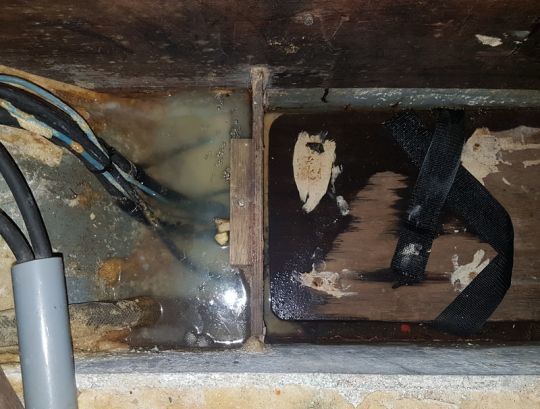
Finally, covering the whole thing with a paint, even of very good quality, will protect the aluminum for the first few years, but this layer will inevitably end up degrading. This will create localized access to the alloy, which will be particularly vulnerable to all types of corrosion. To avoid this problem, it is possible to use anodic paints and to repaint regularly.
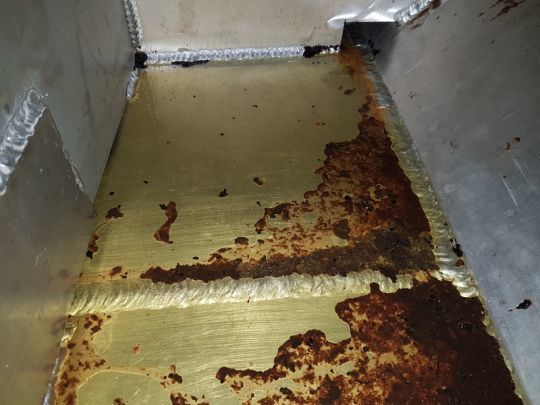
However, the good alternative to this expensive treatment is to leave the aluminum bare, and monitor it. As an option, fats, whether motor oil, diesel fuel or fats without ferrous additives, protect aluminum quite well.
Avoid contact with ferrous materials
Winches, shrouds, chains and other ferrous materials, such as stainless steel, steel and aluminum, including screws, are often in direct contact with structural aluminum. This creates piles that promote the degradation of the aluminum, which will then naturally protect itself by producing alumina.
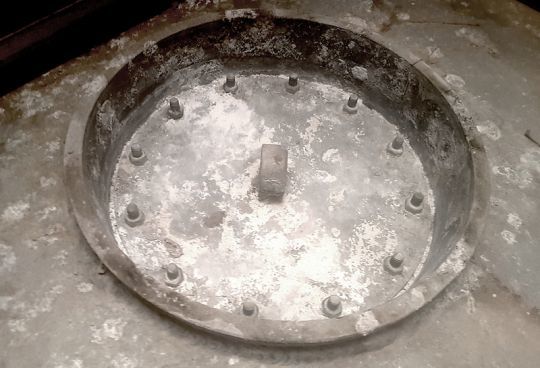
To limit the effects of this corrosion, there are "Tef-Gel" type products for the parts in contact. But it is especially important to protect these areas from the ambient air, especially the salty air outside, and from humidity, with a grease or a localized paint, such as a quality two-component epoxy primer.

